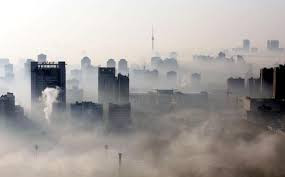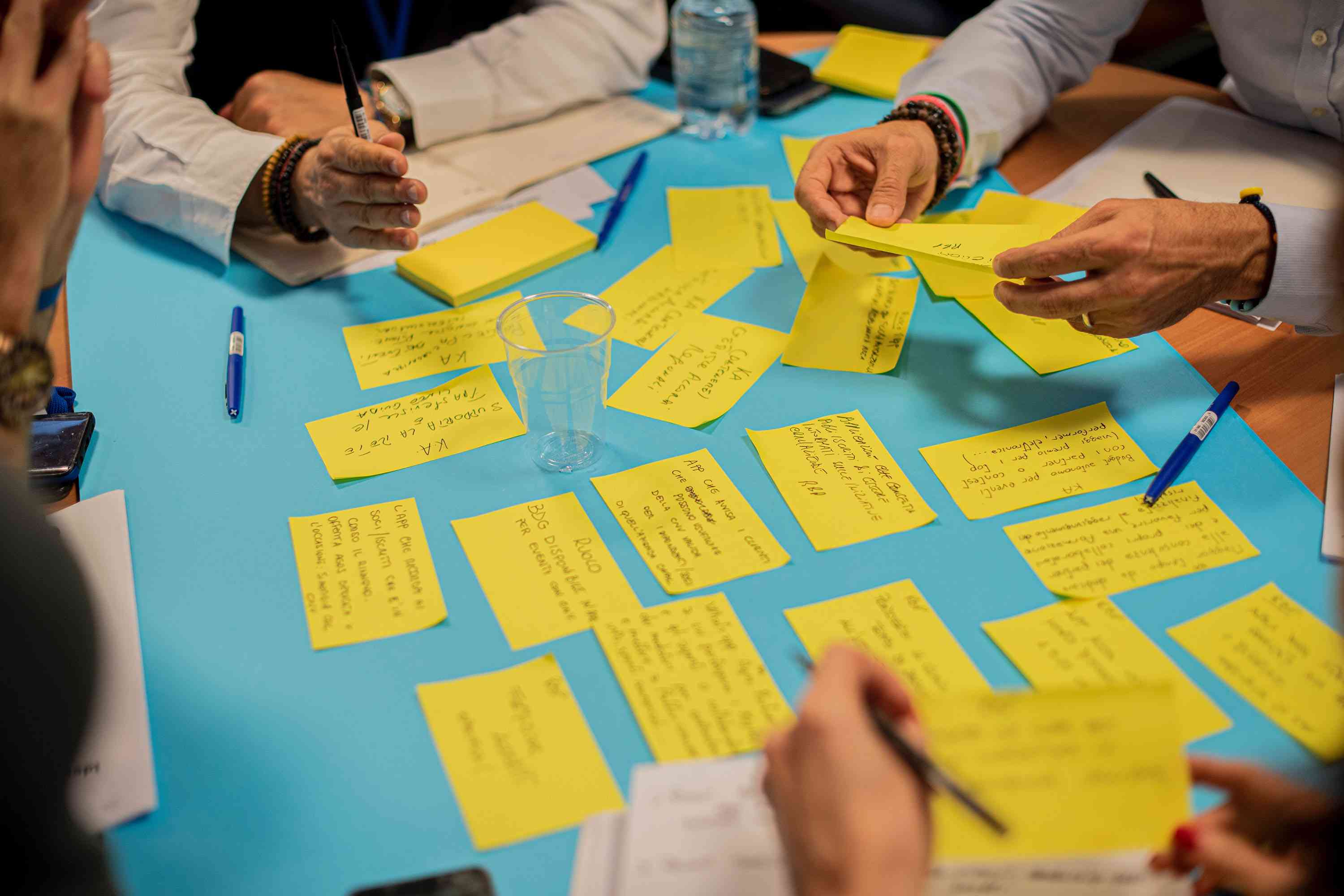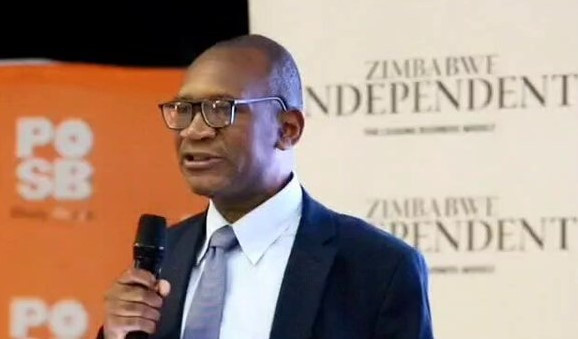
Start with China, the world’s biggest emitter by far of greenhouse gases: 27% of the entire world’s emissions, and more than twice that of the second biggest emitter, the United States.In fact, it is more than all the emissions of all the other developed countries combined.Bad China. But wait! China is now installing wind and solar power at an unprecedented rate.It has just reached one thousand gigawatts of solar power, and the pace is still picking up: 93 gigawatts went on line in May alone. Beijing’s official target was to reach peak emissions before 2030 and then start heading back down, but it may actually have peaked last year.China also leads the world in newly installed wind power, new nuclear plants under construction, electric vehicle production (half the vehicles made in China are EVs), and in the all-important field of battery storage, which is essential for stable, reliable power if your electrical grid is eventually going to be fossil fuel-free.Not only that, but it is making a profit from it. Volume production and technical innovations have brought the price of solar panels down so low that it is exporting them in huge quantities even to developing countries. They simply beat all forms of fossil fuel on price: 90% of all new power capacity installed worldwide last year was renewable.Some countries are ahead of the game. Brazil for example, already gets 88% of its energy from renewables (mostly hydro), but increasingly from solar as well. England, the first country to burn coal for industry and transport, closed down its last coal-fired plant last year.But for most countries, the great shift to clean energy only began in the past two years.There is, of course, the problem of the United States, where Donald Trump is trying to go back to the 20th century heyday of fossil fuels. (In May the Department of Energy even ordered a coal-fired plant in Michigan not to be retired as the owners had planned.) But the free market still more or less rules in the US, and fossil fuels just cost too much.Commercial enterprises have to make a profit, and they are often answerable to shareholders for their investment decisions. That is why solar power and battery storage alone are expected to make up over 80% of new energy capacity in the United States this year. The US will lag farther and farther behind, but it will mostly follow the energy trend at a distance.Coal, gas and oil together account for about 75% of overall greenhouse gas emissions, so the fact that most other countries in the world are switching to cheaper renewable energy so fast is reason for rejoicing. We are being given a reprieve from the worst consequences of our carelessness with the planet, and we should use the time wisely.First, a few harsh realities. The average global temperature has been far higher than the models predicted for the past two years: well over 1.5 degrees C above the pre-industrial average, compared to the predicted +1.2°C. If that continues, we will hit the "never exceed" level of +2.0°C within ten years. If we are lucky, we won’t get there until about 2040.But realistically, we will get there at some point. There is already too much carbon dioxide in the air, and too much more will be put there before our emissions fall steeply enough to make a real difference.That is a great deal more heat than is in the atmosphere now, which at the very least means bigger storms and forest fires, worse floods and droughts, more extreme temperatures both high and low. But it also means we may cross one or several tipping points that will make things much worse.We are walking through a minefield, and the mines are the "tipping points" that will be activated when the planet reaches certain levels of heat. We don’t know exactly what those levels are, but some could be just ahead, while most others would be tripped between +2.0°C and +3.0°C. And we do know that once we have set them going, we can’t turn them off again.The tipping points can probably even cascade, one setting off another and delivering us rapidly to levels of heat that would be catastrophic, so our highest priority must be not to cross them. That means holding the heat down, even if we have to do it artificially.We can cut our emissions faster than we thought possible, but we also need to use that time to develop "geoengineering" techniques that will let us cool the planet directly.Those techniques seem feasible in theory and not even very expensive (as planetary interventions go), but there is a lot of work to do before they are ready.Dyer is a London-based independent journalist. Dyer’s new book is titled Intervention Earth: Life-Saving Ideas from the World’s Climate Engineers. Last year’s book, The Shortest History of War, is also still available.











